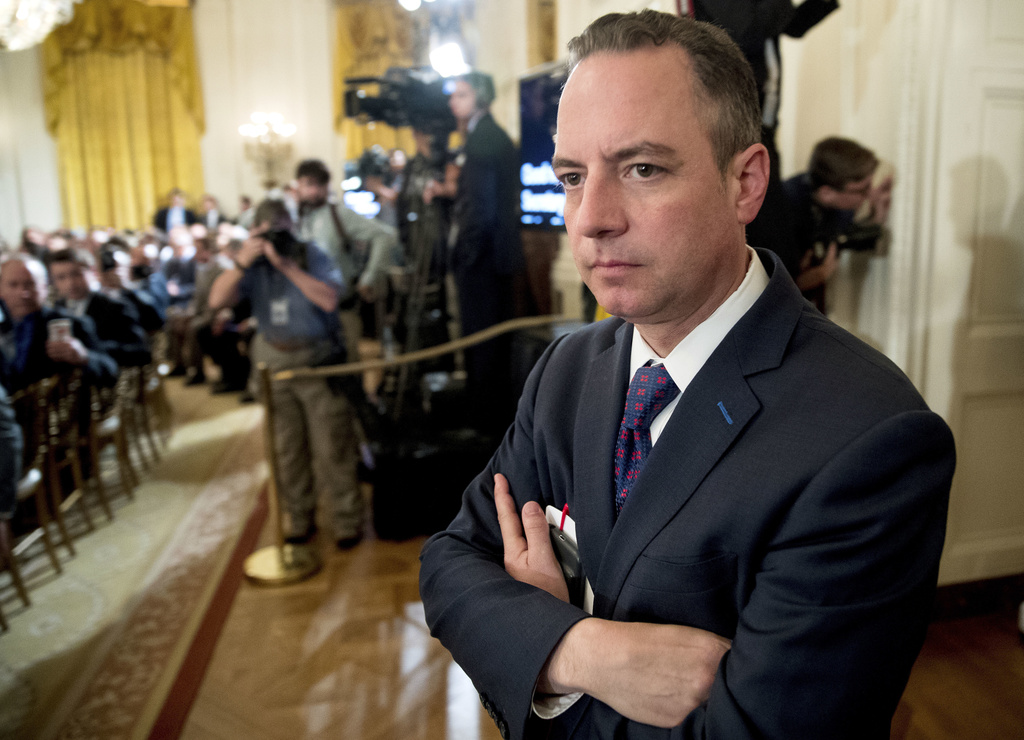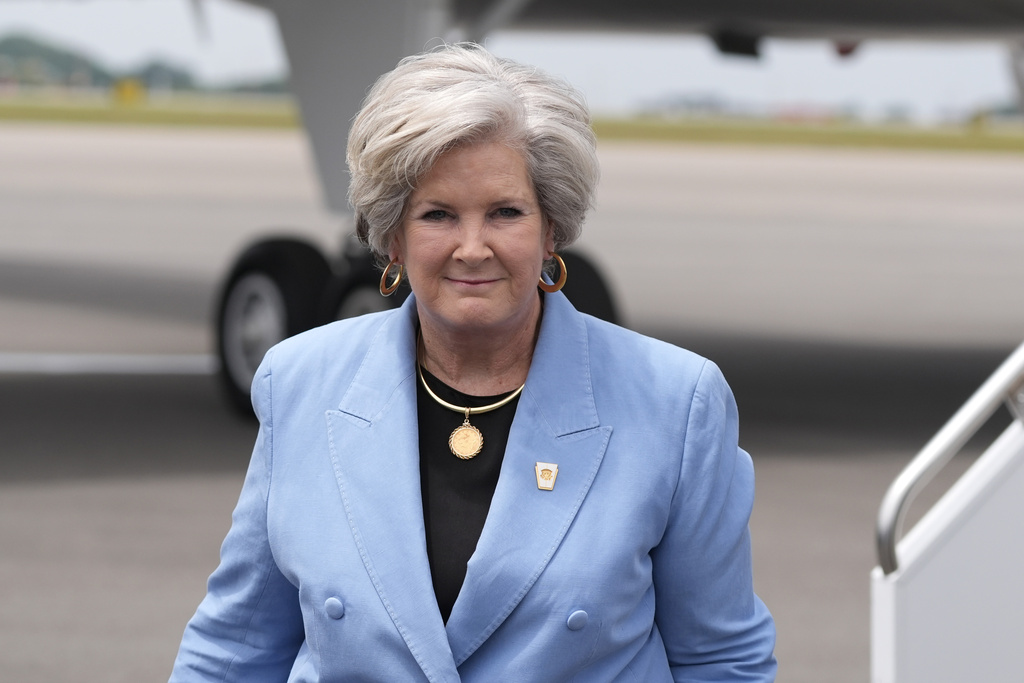Susie Wiles Steps into White House’s Toughest Role \ Newslooks \ Washington DC \ Mary Sidiqi \ Evening Edition \ Susie Wiles is set to become Donald Trump’s new chief of staff, taking on one of Washington’s most challenging roles. The position has been marked by high turnover and strained relationships during Trump’s prior term, with four predecessors who faced unique difficulties and abrupt departures. Wiles, however, enters the job following a successful campaign, positioning her as a potentially stabilizing force.

Susie Wiles: Navigating Trump’s Chief of Staff Role
- New Leadership: Susie Wiles, key architect of Trump’s recent campaign victory, is named chief of staff.
- Challenging Precedent: Trump’s first term saw four different chiefs of staff, each encountering unique difficulties and abrupt departures.
- Role Overview: The chief of staff is responsible for coordination with lawmakers, administration officials, and maintaining smooth White House operations.
- Historical Context: Examining the tenures of Reince Priebus, John Kelly, Mick Mulvaney, and Mark Meadows reveals a pattern of discord and rapid change.
- Potential Outlook: Wiles’ background and previous success may position her well, but she faces a role historically marred by challenges under Trump.
Deep Dive into Trump’s Chiefs of Staff: A Historical Perspective
The Role’s High Stakes
Priebus: The Establishment Figure
Background and Entry: Reince Priebus, the Republican National Committee chairman during Trump’s 2016 campaign, symbolized an effort to bridge Trump’s outsider candidacy with party traditionalists. Appointing Priebus as his first chief of staff was seen as an attempt to unite disparate Republican factions.
Tenure Highlights: Priebus struggled to navigate the chaos of the early White House, which was characterized by internal power struggles and infighting. The administration’s failure to advance key legislative goals, including the repeal of the Affordable Care Act, further strained Priebus’ position. His perceived lack of authority over White House dynamics led to criticism and distrust from different factions vying for Trump’s favor.
Kelly: The General’s Rigorous Approach
Background and Role: John Kelly, a retired four-star Marine general and Trump’s first Homeland Security Secretary, was expected to bring order to the administration. His military background and stern leadership style initially earned him respect.
Challenges and Clashes: Kelly’s strict approach conflicted with Trump’s impulsive management style. Efforts to control access to the president and enforce protocol often led to clashes with Trump and his inner circle. Despite serving the longest tenure of Trump’s chiefs of staff, Kelly’s influence waned over time, and he became increasingly marginalized.
Mulvaney: The “Acting” Chief
Entry and Expectations: Mick Mulvaney, previously the head of the Office of Management and Budget and a former South Carolina congressman, was tapped as an “acting” chief of staff. This designation suggested temporary placement and underscored Trump’s reluctance to commit.
Operational Shifts: Unlike Kelly, Mulvaney opted for a more hands-off approach, described as “letting Trump be Trump.” He focused on staff oversight and legislative relationships rather than attempting to control Trump’s behavior directly. This strategy provided a temporary easing of tensions within the White House but left significant gaps in management.
Departure: Mulvaney’s tenure ended on March 6, 2020, shortly after Trump’s acquittal in his first impeachment trial. His exit, though less contentious than others, underscored the role’s transient nature under Trump.
Meadows: The Loyalist’s Dilemma
Key Challenges: Meadows had to navigate the COVID-19 crisis, oversee pandemic relief legislation, and support Trump’s re-election campaign, all while contending with the internal and external pressures of a presidency marked by conspiracy theories about voter fraud. Meadows remained a fiercely loyal figure but often found himself at the center of controversy. Reports emerged that he frequently burned documents in his office fireplace, raising questions about transparency during this pivotal time.
Legacy and Legal Issues: Meadows left the position as Trump’s term ended, but his tenure was marred by his refusal to cooperate with the House committee investigating the January 6 Capitol attack. He was later indicted in election interference cases in Georgia and Arizona, where he pleaded not guilty, adding a complex postscript to his time in office.
Wiles: A New Approach?
Expectations and Outlook: The position will require Wiles to balance maintaining White House efficiency with aligning Trump’s agenda with Congress and public interests. Given the history of the role’s challenges under Trump, her tenure will be closely watched for how effectively she can manage the pressures of the position and her relationship with Trump.
A Precarious Position: While Wiles’ prior success offers hope for a more stable tenure, the job’s historical turbulence under Trump suggests that challenges lie ahead. Her ability to maintain Trump’s confidence while managing the internal and external pressures of the White House will be crucial.
Conclusion
Susie Wiles Steps Susie Wiles Steps







